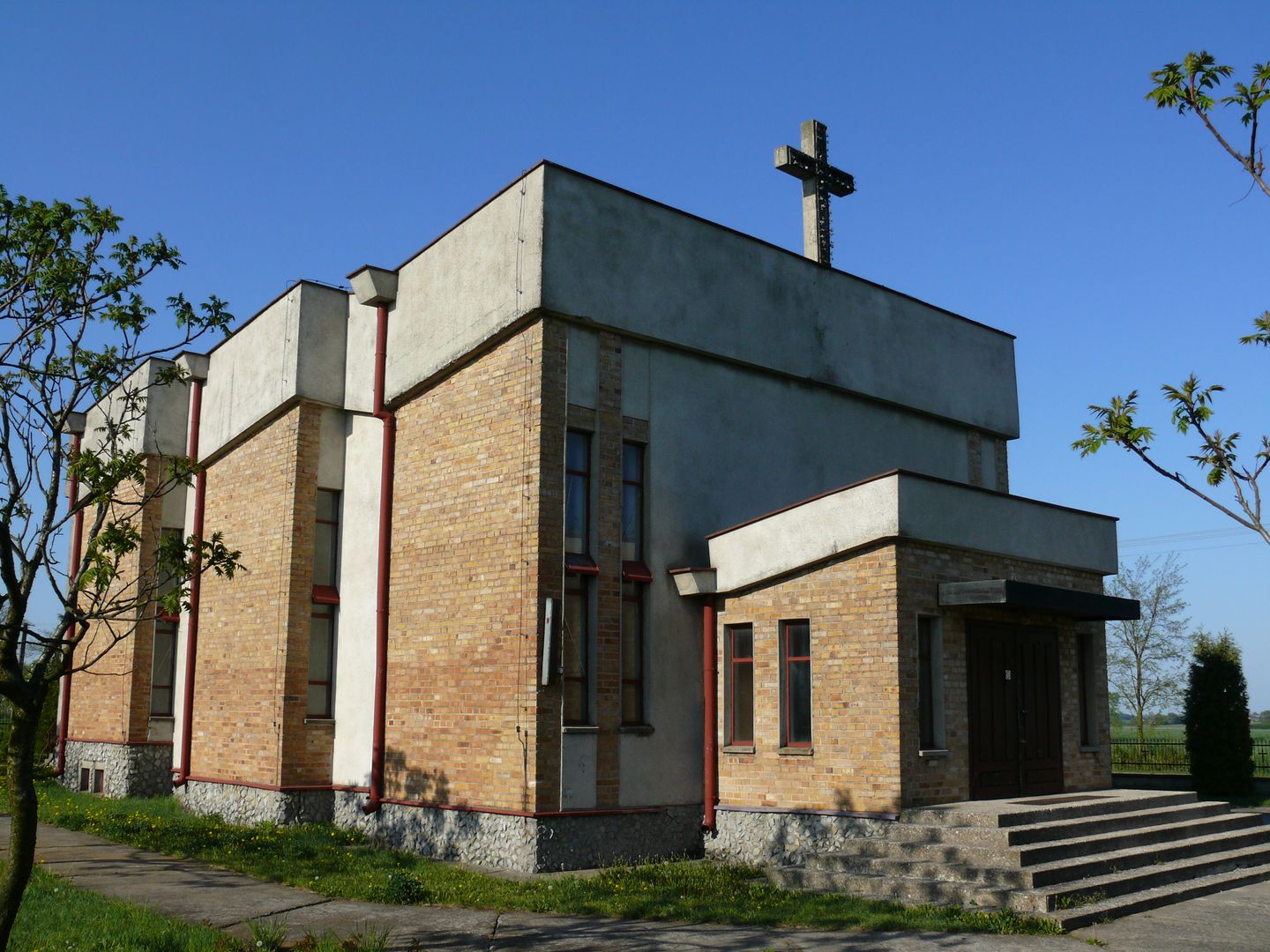Wheel
6.59

Overview
The Koło municipality, located in the Greater Poland Voivodeship within the Koło County, has a rich history dating back to earlier years when it functioned as the Czołowo municipality until 1954. The seat of the municipality, the town of Koło, is an important travel hub, and its administrative development between 1975 and 1998 linked it to the Konin Voivodeship. The municipality is considered a rural region, with agricultural land predominating, covering 91% of the area, and a minor presence of forests. The landscape is dominated by arable land, with occasional hills breaking the monotony. The municipality is part of the South Greater Poland Plain (Koło Basin) and is traversed by the Nadwarciański Bicycle Route, making it an interesting destination for tourists seeking active recreation. In terms of transportation, the municipality lies on important road routes, including national road No. 92, and also has access to a railway line connecting major Polish cities. The Koło municipality boasts three parish churches, which are part of the Włocławek Diocese and reflect local tradition and sacred architecture. In total, the municipality is home to approximately 7,900 people, demonstrating steady demographic growth in recent years. It is also worth noting the well-developed structure of the Volunteer Fire Department (OSP) units, which play an important role in the life of the local community. The municipality consists of numerous villages, including places such as Ochle, Powiercie, and Wrząca Wielka, each with its own unique character and history. Interestingly, all the localities in the municipality have been cataloged in the TERYT register, which attests to their formal documentation and organization. The Koło municipality is also an area where traditions and customs have been preserved, fostering the development of local culture and community, contributing to its unique character.
Location
2025 Wizytor | All Rights Reserved